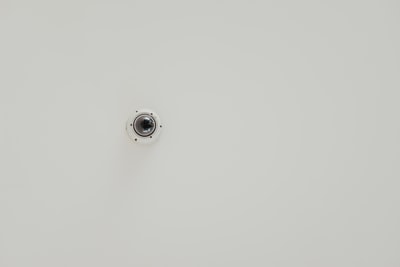Veins and Arteries
The heart is connected to the rest of the body with veins and arteries.

Arteries carry oxygenated blood away from the heart. Every time the heart beats it pumps blood at a very high pressure into the arteries. Due to this, arteries have very thick walls which contain smooth muscle and elastic fibres. To help the blood to continue moving the walls are able to contract. They also only have a small space through which they blood can travel, called the lumen. This helps to maintain the high pressure and is composed of a smooth surface to reduce friction.
Veins
Veins return the blood to the heart. The blood is not travelling at such a high pressure when it travels back and so the walls of veins are thinner and the lumen much wider. However, because the pressure is so reduced veins need valves and they’re found throughout their length. They’re vital in preventing the blood from flowing in the wrong direction. They’re not found in arteries because they’d slow down the flow of blood.
There are two major veins and two major arteries connecting the heart to the rest of the body:
- the aorta is the artery that passes oxygenated blood into the body from the left ventricle
- the Vena Cava is the vein which passes deoxygenated blood into the right atrium
- the pulmonary artery passes deoxygenated blood towards the lungs from the right ventricle
- the pulmonary vein passes oxygenated blood coming from the lungs into the left atrium
The passage of oxygenated blood through the heart is then as follows:
Oxygenated blood from the lungs
?
Pulmonary vein
?
Left atrium
?
Valve
?
Left ventricle
?
Valve
?
Aorta
?
Body
While the passage of deoxygenated blood goes:
Deoxygenated blood from the body
?
Vena cava
?
Right atrium
?
Valve
?
Right ventricle
?
Pulmonary artery
?
Lungs